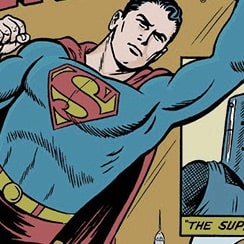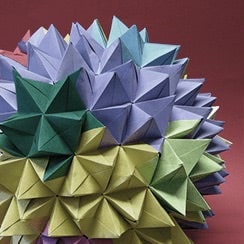Try GOLD - Free
Ask Magazine for Kids - Ask July 2025: Kaboom!

Holiday Sale
1767430799
Go Unlimited with Magzter GOLD
Read Ask Magazine for Kids along with 10,000+ other magazines & newspapers with just one subscription
View CatalogSubscribe only to Ask Magazine for Kids
Cancel Anytime.
(No Commitments) ⓘIf you are not happy with the subscription, you can email us at help@magzter.com within 7 days of subscription start date for a full refund. No questions asked - Promise! (Note: Not applicable for single issue purchases)
Digital Subscription
Instant Access ⓘSubscribe now to instantly start reading on the Magzter website, iOS, Android, and Amazon apps.
Verified Secure
payment ⓘMagzter is a verified Stripe merchant.
In this issue
How do you explode a building? How do fireworks work? How does popcorn pop? How do you make gunpowder and dynamite? Find out, meet hero rats who hunt for land mines, and more.
Ask Magazine for Kids Description:
Ask Magazine for Kids magazine is published by Cricket Media. It is written just for curious kids ages 7-10 and covers a wide range of topics related to science, history, inventors, artists, and more. It also publishes articles on a variety of other topics, such as animals, nature, and the environment.
Ask Magazine for Kids is aimed at a wide audience of kids, from casual readers to serious science buffs. It is a popular resource for anyone who wants to learn more about the world around them.
Here are some of the things you can expect to find in Ask Magazine for Kids:
* Articles on the latest scientific discoveries, as well as experiments and activities that kids can do at home.
* Articles on the past, from ancient civilisations to modern history.
* Articles about the people who invented the things we use every day, as well as how to invent your own things.
* Articles about the artists who created the works of art we admire, as well as how to create your own art.
* Articles about animals, plants, and the natural world.
* Articles about how to protect the environment and live sustainably.
Ask Magazine for Kids is the perfect resource for any kid who wants to learn more about the world around them. Subscribe today and start exploring!
Recent issues

Ask May-June 2025: Breaking News

Ask March-April 2025: Around the River Bend

Ask February 2025: Purr-fect Felines

Ask January 2025: Nothing but Noodles

Ask November-December 2024: Make It!

Ask October 2024: Brilliant Blood

Ask September 2024: Surprising Snacks

Ask July-August 2024: Dynamic Duos

May - June 2024: Urban Jungle

April 2024: Join the Dance

March 2024

February 2024

January 2024

November/December 2023

October 2023

September 2023

July/August 2023

May/June 2023

April 2023

March 2023

February 2023

January 2023

November/December 2022

October 2022

September 2022

July/August 2022

May/June 2022

April 2022

March 2022
Related Titles

Ladybug Magazine for Kids

Cricket Magazine for Kids

Click Magazine for Kids

Babybug Magazine for Babies and Toddlers

Magic Logic

Brain Train

ADHDEFG

3D

Foughtism

Adventures of Bilari and Plim Plim

The Dove Who Learned How to Love

The Shark Who Was Scared of the Dark

Creative Steps

Amigo for children

National Geographic Little Kids UK

National Geographic Kids UK/Ireland

Future Genius: The Ocean

Our Kids: Canada's Camp and Program Guide

Our Kids: Canada's Private School Guide

RobinAge

The Childrens Magazine

Dimdima

Birbal To The Rescue

The Tiger and The Woodpecker

Elephant Stories

The Prince And The Magician

The Magic Chant: Lessons in Living from Jataka Tales

The Adventures of Baddu & Chhotu

Choice of Friends

Little Planet






















